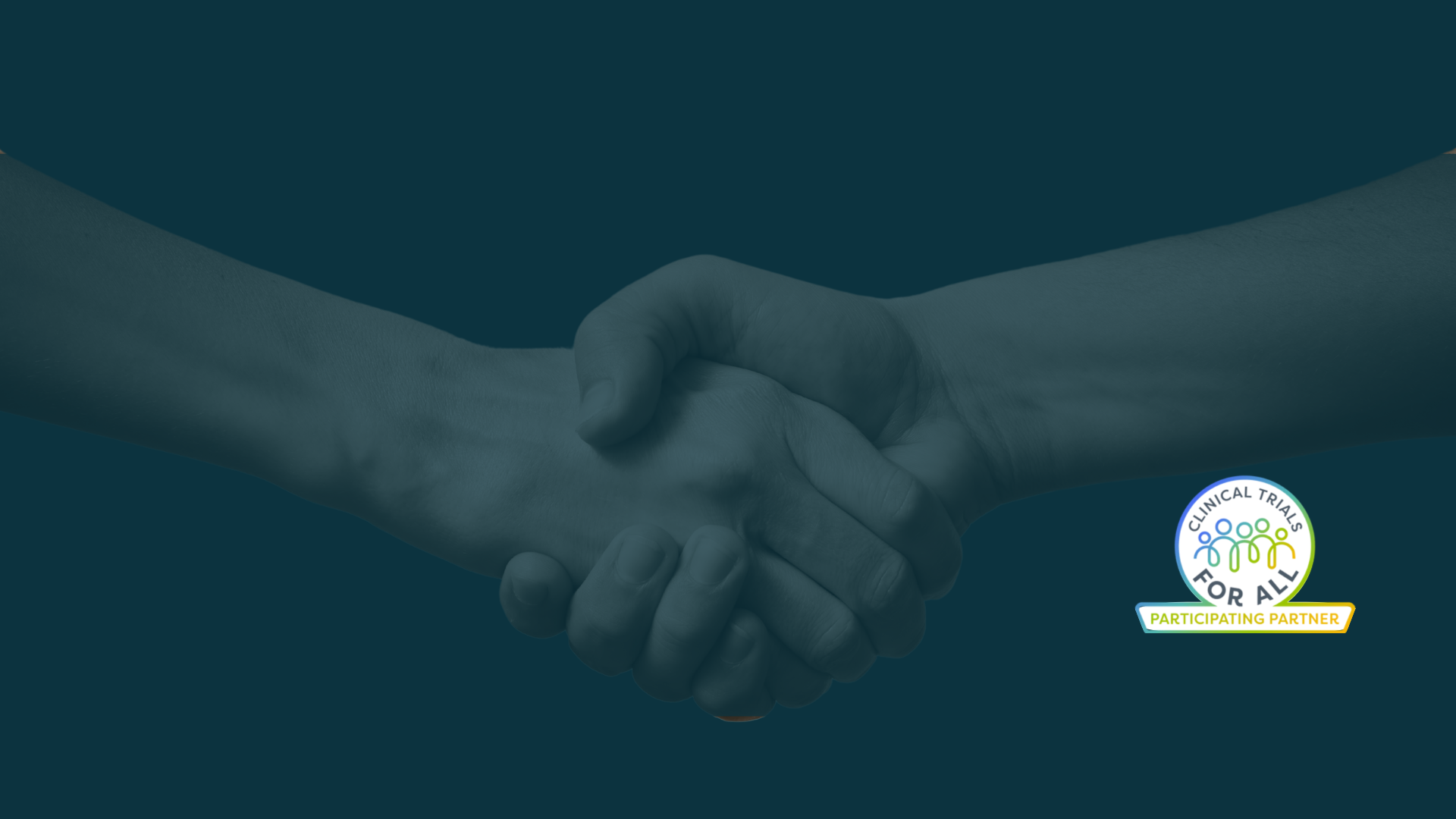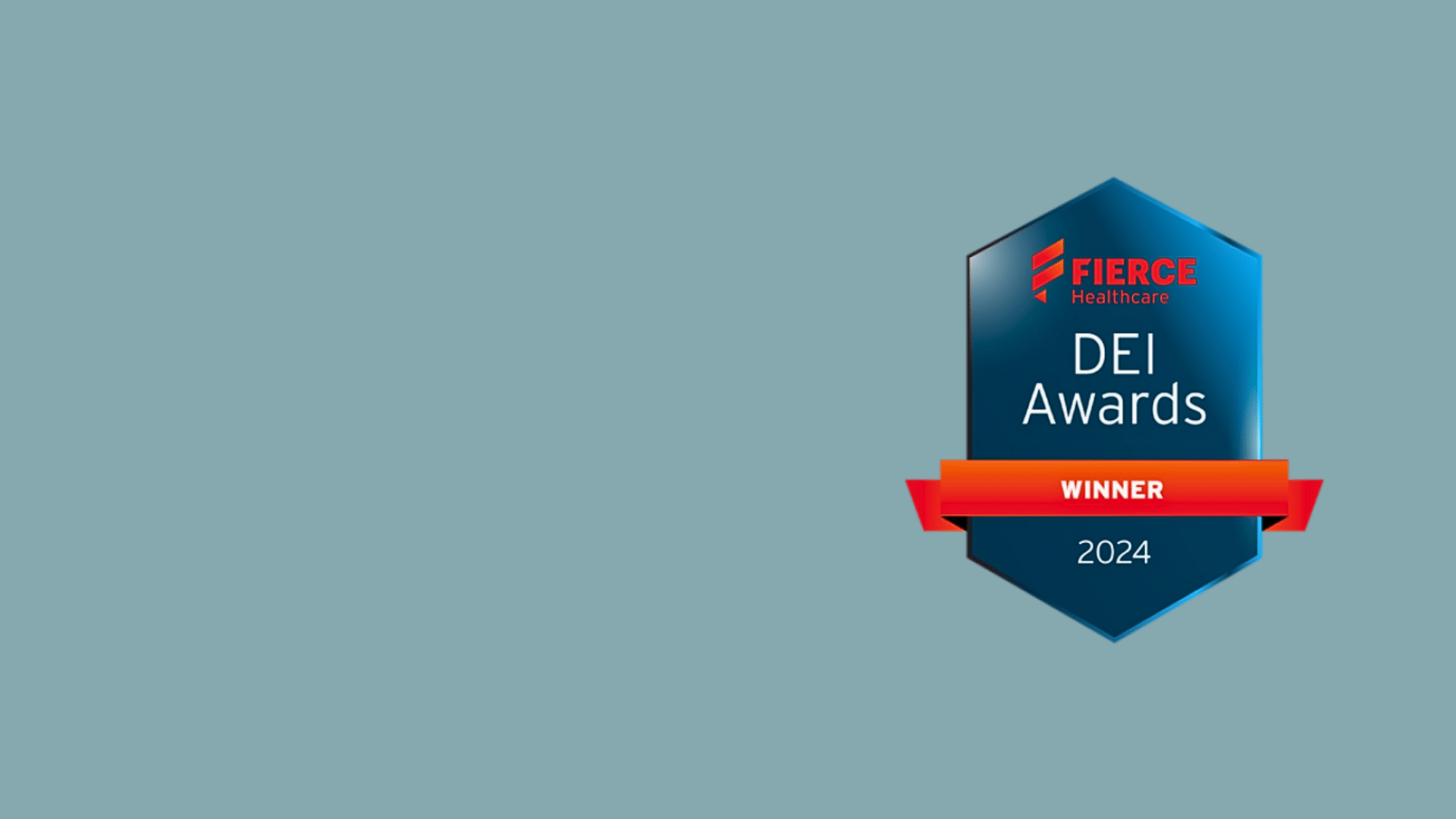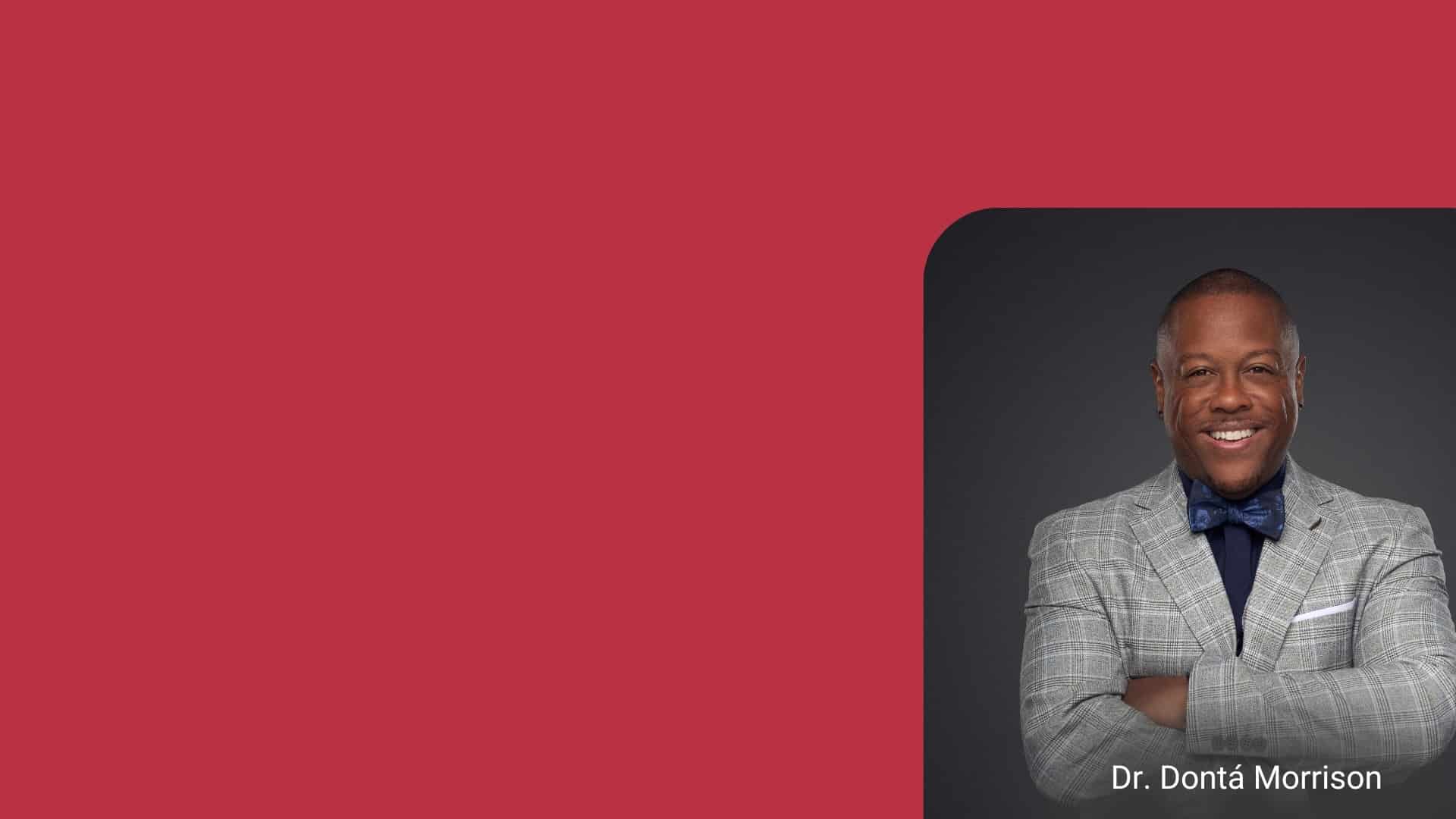Health Literacy Matters: 3 Ways to Improve Patient Understanding
Written By: Columba Quigley, MD
Every day, thousands worldwide find out they have a disease or health condition that requires care. And each day more and more people don’t get the care they need because they don’t understand their diagnosis or their options regarding treatment and management.
One option that many people are unaware of is participating in a clinical trial. While there are thousands of active clinical trials that could provide patients with low-cost or novel treatment, according to the NIH only about 5% of American adults have participated in a clinical trial. And younger adults, minorities, and people with lower education are even less likely to participate.
When diverse populations aren’t included as participants in clinical trials, knowledge about the efficacy of a treatment can get skewed toward one population or group over another. Without diversity, doctors can’t fully understand why a treatment works differently in one population compared to another. Information like this can significantly affect how doctors treat patients.
This is why health literacy matters.
Not familiar with the term “health literacy”? Here’s a simple definition: Health literacy means you can…
- Get the medical information you need
- Read the information provided
- Understand the information
- Make informed health decisions
- Follow instructions for the treatment prescribed
I believe everyone deserves access to relatable medical resources regardless of age, language, culture, or education. I also believe no one should need a PhD or MD to understand what’s happening in their bodies or what will happen in a clinical trial they’re considering. Yet, 88% of adults aren’t health literate, and 50% can’t read beyond an 8th-grade level. Here’s another scary statistic: 65% of people say they receive resource materials they can’t understand.
Not only are 88% of adults not health literate, but most of the educational materials they receive are written at a 10th-grade reading level or higher. Yet, the National Institute of Health states that medical educational materials “should not exceed a 6th-grade reading level.” Also, in a recent survey by Market Media US, more than 90 million people in the United States alone struggle with understanding and using health information.
Combine that with forgotten information, Dr Google, and advice from friends of friends, and a perfect storm of confusion, fear, and misunderstandings can be created. It is not surprising that patients can be overwhelmed by a new diagnosis and the decision to start a new treatment.
Similarly, when considering joining a clinical trial, the sheer volume of information potential participants need to process can impede the decision to join. In addition, patients may prefer to digest the information in a particular format, be it direct discussion, learning online, watching a video, listening to a podcast, or reading a brochure. Therefore, creating materials that are cognizant of an audience’s education level, cultural background, socio-economic background, and age is essential.
Having materials that are easy to understand is critical. Take, for example, clinical trials – misunderstandings can derail the research before it even begins. If patients don’t understand what researchers are studying or what will happen during the study, they can be reluctant to join, much less stay enrolled. And, if patients don’t enter these studies, new medicines can’t be researched to see if they’re safe and can help.
According to an article published by the CDC in October 2024: “In today’s communication-rich environment, people look to many places for information about their health and safety. However, much of the publicly available health and safety information is too technical, too complex, and often too vague about recommended actions.”
So, how can we bridge the gap between a doctor’s knowledge and a patient’s understanding? Below are three strategies that can help.
1) Write resources and materials that fit your target audience’s age, education, and cognitive level.
- Make sentences easy to read, short and to the point
- Use bullets wherever possible
- Use icons, infographics, or illustrations to help drive home your message visually
- Pay attention to word counts, syllable counts, and your use of familiar words
2) Consider the target audience’s preferred language.
- Invest in a reputable translation service to ensure the translation of your content is accurate
- Even within English, consider the unique communities you are looking to reach and use the vernacular and context that is familiar to that community
3) Include a glossary to explain difficult words or concepts.
- Avoid medical jargon
- Explain things simply
- Include clear definitions for potentially unfamiliar words
Along with keeping these strategies in mind, it is also important to remember that different formats – digital, print, audio, video – work better for different audiences. Paying attention to all these factors serves to improve health literacy, and to ensure that health education materials truly help those who need them most.
Adopting these strategies across all health education materials will help the pharmaceutical industry bring information about clinical research opportunities to a wider population, which can improve health equity for all.
Partnering with Clinical Trials for All to Educate, Engage, Empower Patients
At Jumo Health, our mission is to educate, engage, and empower – with the goal of driving diversity in clinical trials. This shared vision made partnering with Clinical Trials for All a natural fit. Together, we’re breaking down barriers to clinical trial participation and ensuring that patients have access to the knowledge and tools they need to make informed decisions about their healthcare.
Every year, countless clinical trials go under-enrolled, delaying the development of potentially life-saving treatments. Despite the importance of these trials, awareness and participation remain low, and even fewer individuals from underserved communities get involved. In fact, according to the FDA, White participants made up 75%, Hispanic participants made up 11%, Black participants made up 8% and Asian participants made up 6% of all trial volunteers. This disparity makes it impossible for researchers to fully understand whether or not a new treatment is effective and safe for all people.
The only way to close this gap is by educating patients from all backgrounds about how to participate in clinical trials. We are excited to do just that through this partnership with Clinical Trials for All. With our shared mission, we’re working together to make clinical trials more approachable, addressing misconceptions, and building trust within local communities.
Our Shared Mission: Educate, Engage, Empower
- Educate: We’re working together to create resources that simplify clinical trials, explaining their purpose, process, and potential benefits in ways that are easy-to-understand.
- Engage: By sharing authentic patient stories and addressing common concerns, we’re sparking meaningful conversations that inspire confidence and encourage participation.
- Empower: Through community-driven efforts, we’re empowering individuals to take charge of their health by engaging with them directly in their communities, which fosters meaningful engagement and builds trust.
Join the Cause
We’re proud to stand alongside Clinical Trials for All, but we can’t do it alone. Together, we can help more people understand and access clinical trials. Visit their website to learn more and join the cause: Clinical Trials for All.
By working together, we can create a future where everyone has equal access to cutting-edge healthcare solutions. Let’s make it happen—together.
Jumo Health is Fierce DEI Award Finalist for Remarkable Achievement, Positive Change in Healthcare
Cited for program to support Bristol Myers Squibb in building diversity, equity and inclusion, expanding community engagement and outreach to encourage African American women to participate in lupus clinical trials
NEW HAVEN, CT (December 6, 2024) – Jumo Health – a global provider of age-appropriate, culturally relevant medical education resources – announced it is a finalist for the Fierce DEI Award for helping Bristol Myers Squibb inform and engage underrepresented lupus patients in clinical research.
The Fierce DEI Awards celebrate and recognize outstanding achievements in Diversity, Equity, and Inclusion (DEI) within the healthcare industry.
Marie Emms, Head, Patient Engagement and Recruitment, Bristol Myers Squibb, explained,
"Our community partnerships and engagements are an important part of the BMS strategy. The work we do through Jumo helps us build trust and awareness amongst patients and community leaders. This work helps ensure we are meeting our DE&I Regulatory and Corporate goals."
Lupus disproportionately affects African American women, yet the legacy of mistrust towards clinical research hinders participation. Jumo Health partnered with the I Choose Life Foundation to organize grassroots activation events in Memphis, Dallas, and Los Angeles – chosen for their strong community ties and study site locations.
Community leaders, faith-based organizations, and local business owners received easy-to-understand, culturally relevant materials to share with their communities. Palm cards with QR codes linking to pre-screeners were distributed, enabling participants to take immediate action and share the information with friends, family, and others in their networks.
Jumo Health amplified grassroots efforts with targeted media coverage, including placements in local Black newspapers and appearances on prominent radio shows like The Reverend Al Sharpton’s. High-profile public figures such as Congresswoman Maxine Waters participated in the sessions, further legitimizing the events and emphasizing the importance of addressing health disparities within African American communities.
The outreach program increased web engagement and positive feedback. In just a few months, Jumo Health engaged 64 community leaders, generated 50+ referrals, and saw 3 randomizations. With more events planned, Jumo Health anticipates continued success in helping Bristol Myers Squibb improve DEI in lupus trials.
Jumo Health President and CEO Kevin Aniskovich commented,
“We’re honored by this recognition of our efforts to help customers like Bristol Myers Squibb redefine how underserved communities receive healthcare information. When diverse communities begin to see themselves in the clinical trial journey, it can improve healthcare for everyone.”
About Jumo Health
Jumo Health develops a wide range of age-appropriate, culturally relevant, relatable educational resources for patients and caregivers on a global scale, serving diverse populations on 160+ health topics in 80+ countries and 120+ languages. Our research-backed strategies ensure patients and caregivers can understand and act on complex medical information. We collaborate with 180+ advocacy groups and community organizations to promote access and accurately represent unique patient experiences.
World AIDS Day: Again and Still
By Dr. Dontá Morrison
Every year, on December 1st, the world observes World AIDS Day, a global event dedicated to
promoting HIV awareness, encouraging testing, celebrating those living with the virus, and
honoring the millions who have succumbed to HIV over the last four decades. While HIV gained
mainstream attention in 1981, medical researchers suggest its origins in humans date back much
earlier—likely between 1915 and 1941. This revelation may prompt many to pause and verify
through a quick Google search, but regardless of whether HIV surfaced in the early 20th century
or became widely recognized in the 1980s, one unshakable truth remains: HIV has existed far too
long for misconceptions and stigma to persist.
Despite years of awareness campaigns and scientific advancements, it is alarming that some still
question how the virus is transmitted or perpetuate harmful stereotypes by labeling it as a “gay
disease.” Such myths fuel stigma, hinder prevention efforts, and alienate those most vulnerable
to the virus. World AIDS Day serves as a vital opportunity to educate, reflect, and recommit to
eradicating HIV and the prejudices associated with it. By fostering understanding and
compassion, we honor the memories of those lost and empower those living with HIV to thrive.
We must ensure the lessons of the past propel us toward a more informed and inclusive future.
Having worked in HIV awareness, education, and prevention for over 20 years, I have witnessed
significant progress in these areas. Individuals living with HIV no longer face the burden of
multi-pill regimens or constant medical visits. Instead, simplified treatments allow them to live
healthier lives with fewer disruptions. Biomedical prevention strategies like pre-exposure
prophylaxis (PrEP) and post-exposure prophylaxis (PEP) have also revolutionized the fight
against HIV. These tools significantly reduce the risk of infection when used correctly, providing
a powerful means to prevent the spread of the virus.
However, as much as I want to celebrate these advancements, I cannot confidently say we have
moved the needle far enough. Stigma remains one of the most significant barriers in our efforts.
Shame and misinformation continue to marginalize those living with HIV and those at risk of
infection. Many people hesitate to seek testing or treatment due to fear of judgment, rejection, or
discrimination. This hesitation perpetuates cycles of ignorance and vulnerability, allowing the
virus to spread unchecked.
HIV is not confined to one demographic, behavior, or lifestyle. It affects people of all races,
genders, sexual orientations, and socioeconomic backgrounds. Yet, the belief that it is “someone
else’s problem” continues to impede our ability to combat it effectively. The delusion about
modes of HIV transmission leads many to avoid testing and prevention strategies, assuming they
are somehow exempt. Those who perceive themselves as low-risk may unknowingly engage in
high-risk behaviors, such as unprotected sex with partners whose status they are unaware of.
These assumptions create a dangerous ripple effect, perpetuating undiagnosed cases and
transmission.
To dismantle these barriers, we need a cultural shift grounded in education and compassion.
Comprehensive, stigma-free sex education is essential to teaching people about HIV prevention,
testing, and treatment. Biomedical tools like PrEP and PEP must be more widely discussed and
made accessible to everyone who needs them. Normalizing regular HIV testing as part of routine
healthcare—regardless of perceived risk—can help detect cases earlier, reduce transmission, and
eliminate stigma surrounding the testing process.
Equally important is addressing the systemic inequities that make HIV a disproportionate burden
for marginalized communities. Communities of color, particularly Black and Latino populations,
bear the highest rates of infection in the United States. Factors such as poverty, limited
healthcare access, and cultural stigma exacerbate these disparities. Addressing these challenges
requires funding for community-based organizations that provide culturally sensitive education
and outreach. Additionally, mental health support and accessible healthcare must be prioritized
to empower affected individuals to live full and healthy lives.
Ultimately, the fight against HIV demands a holistic approach that combines medical innovation,
widespread education, spiritual support, and an unwavering commitment to eradicating stigma.
Progress will not come from biomedical advancements alone but through community-driven
efforts to create environments where everyone feels safe to seek help, get tested, and receive
treatment. Only then can we hope to break down the walls of ignorance and fear that hinder our
progress. I look forward to the day when HIV is no longer a global crisis but a story of triumph
and resilience.
On a personal level, I am waiting for HIV awareness and prevention to receives the full
investment and urgency it deserves. Despite decades of progress, many people still fail to see
HIV as a pressing issue, often because they believe they are exempt from contracting it. This
false sense of security breeds complacency, where individuals categorize themselves as
“safe”and view HIV as the result of sinful behavior. Such misguided assumptions perpetuate
stigma, hinder testing efforts, and make prevention more challenging.
This fight is deeply personal to me, as someone who has been living with HIV for 25 years. I
often wonder if I would be as passionate about the cause if I were HIV-negative. Would I care as
deeply about World AIDS Day, AIDS walks, or National Black HIV/AIDS Awareness Day if I
didn’t face this reality daily? These are questions I can’t answer definitively. However, this is my
truth, and I cannot turn back the hands of time. Instead, I choose to focus on what I can do:
adhere to my treatment, advocate for my community, and work tirelessly to lower infection rates.
I refuse to let stigma define me or my work. Living with HIV has given me a unique perspective
and a relentless drive to fight for those who often feel unseen or unheard. Every conversation,
workshop, or campaign I participate in aims to amplify the voices of those affected and dispel
the myths that fuel this epidemic. It is not an easy journey, but it is a necessary one.
To anyone reading this, I urge you to join me in this fight. Whether by educating yourself,
encouraging others to get tested, or advocating for equitable access to healthcare, every action
counts. Together, we can work toward a future where HIV no longer carries shame, fear, or
discrimination—just hope, resilience, and the promise of a healthier tomorrow.




